Treatments
Dental Examination
A dental examination is an evaluation of all teeth, their supporting tissues and the oral tissues in order to record the condition of these structures. This evaluation includes recording any appropriate medical history and any other relevant information. This evaluation allows the dentist to make an initial assessment and decide if any further tests or information are required. It is recommended that children are seen twice a year (every 6 months) for a dental examination.
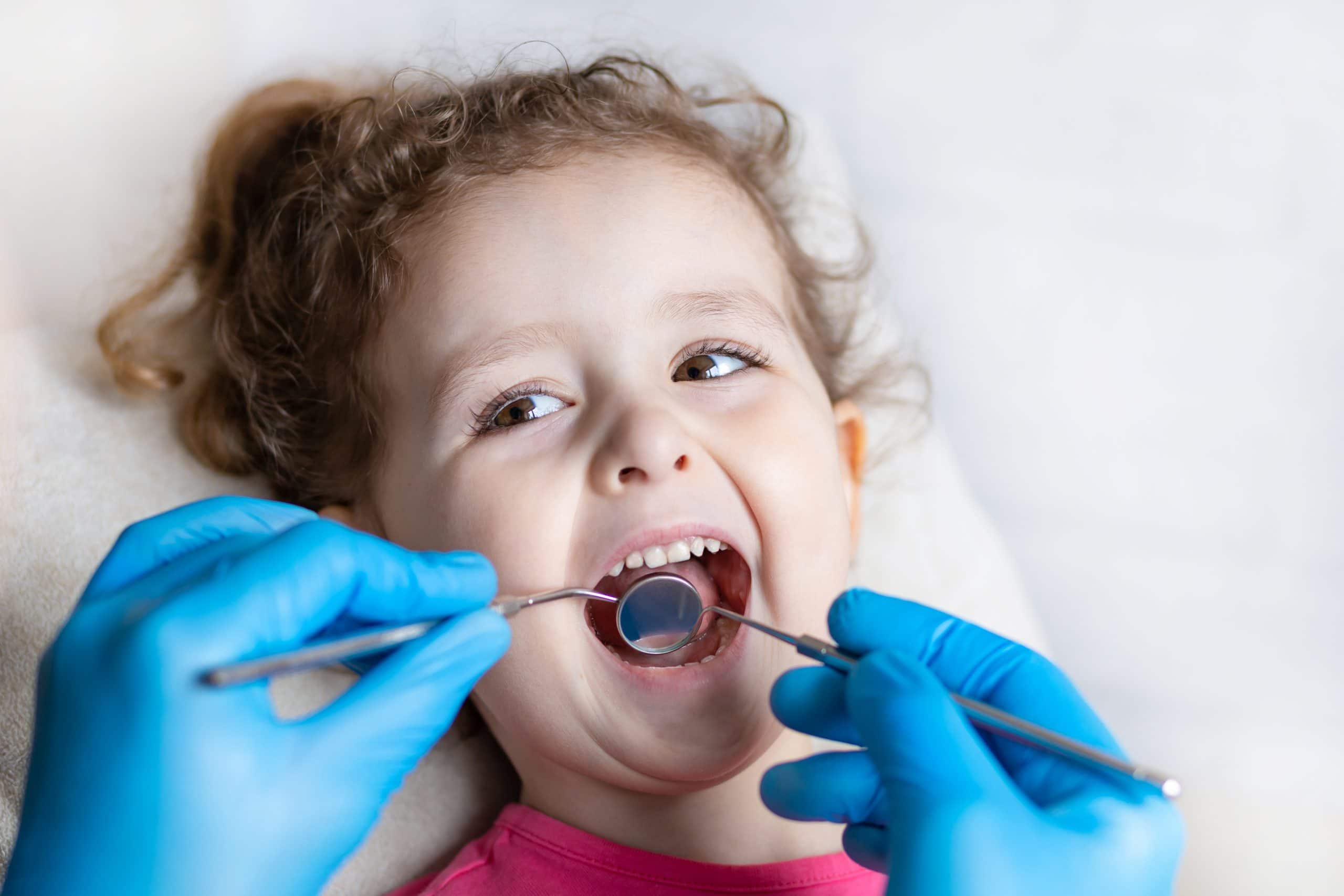
X-rays/Radiographs
Some parents are concerned about the safety of x-rays. X-rays can be taken safely at any age. The radiation from dental x-rays in particular is very low. We are all exposed to natural background radiation in the environment everyday. On average Australians are exposed to 1.5mSv of background radiation every year from natural sources. In comparison typical dental x-ray exposure is around 0.005mSv equivalent to the exposure received on a 1-2 hour plane flight.
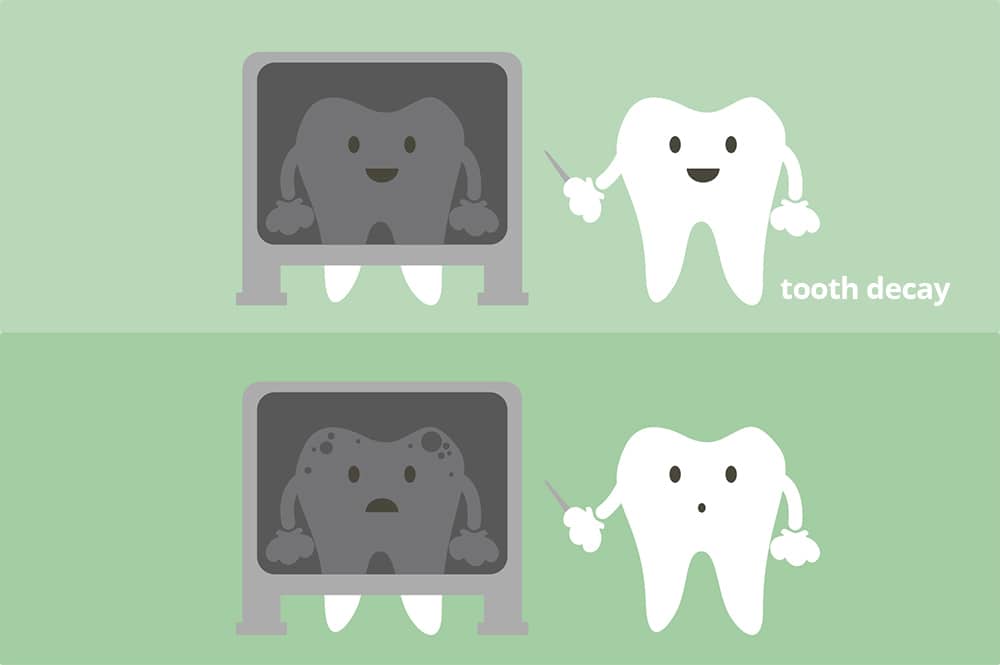
Cleaning
Dental scaling is the removal of plaque and or calculus from the surfaces of the teeth. Plaque is a sticky, colourless film of bacteria that forms on the teeth. Plaque begins to form again soon after brushing and if left to advance the plaque will soon become hard and form deposits known as calculus which cannot be removed by brushing alone. If calculus remains on the teeth, it impedes brushing which results in gum inflammation, eventually advancing to gum disease and tooth decay.
The dentist will use a hand scaler, ultrasonic scaler and/or prophylactic paste and brush to remove the plaque and calculus from your child’s teeth. The treatment is very simple and pain free.

Fissure Sealants
The procedure to apply a fissure sealant to a tooth is very simple. The tooth is cleaned and rinsed with water, a special gel is applied to the tooth, followed by a sealant (a bit like tooth coloured paint for teeth) and a light is used for 20 seconds to set the sealant in place. Fissure sealants on average last several years depending on the quality of the seal and your child’s biting and cleaning habits. Regular check ups are important to monitor their ongoing integrity.
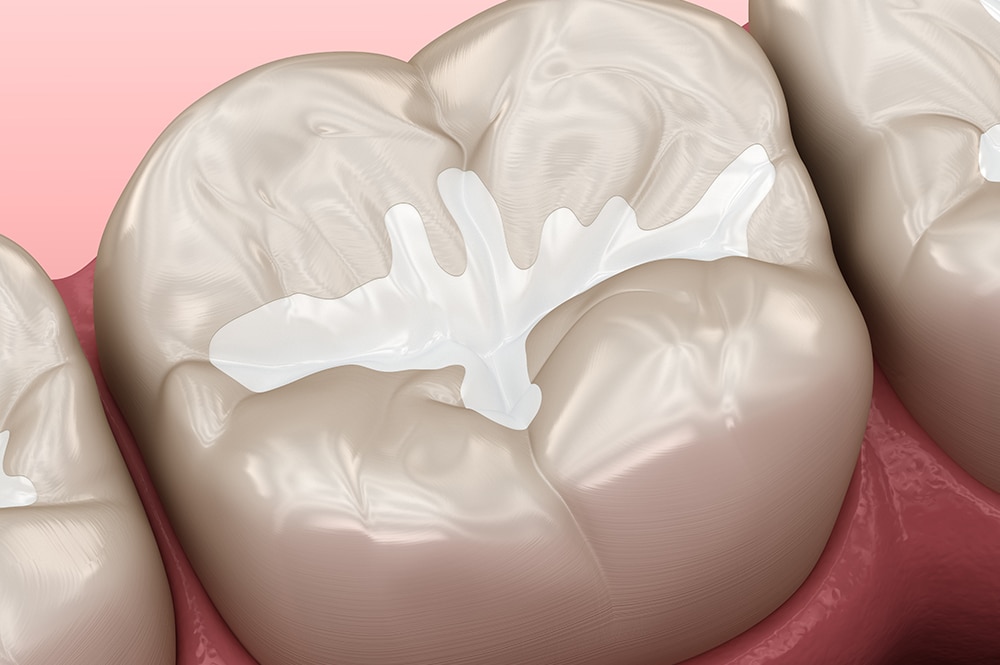
Fillings
The procedure to fill a tooth firstly involves removing the decay from the tooth. The dentist may or may not need to numb the tooth depending on the extent of the decay. The decay is then removed with a dental handpiece and bur and the tooth is then filled with a filling material, restoring the tooth back to its complete state. There are many different materials used to fill teeth. The most common filling materials used in Australia today are composite resin or glass ionomer cement which are both white tooth coloured filling materials. Fillings last on average around 10 years. Fillings can be compromised by biting habits, improper cleaning and high sugar diets. Regular 6 monthly dental checks are important to ongoingly check the condition of existing fillings.
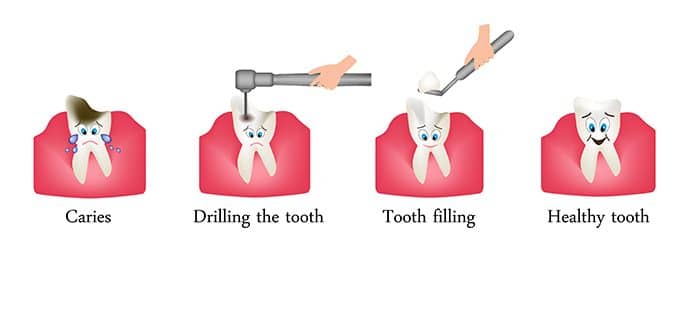
Stainless Steel Crowns
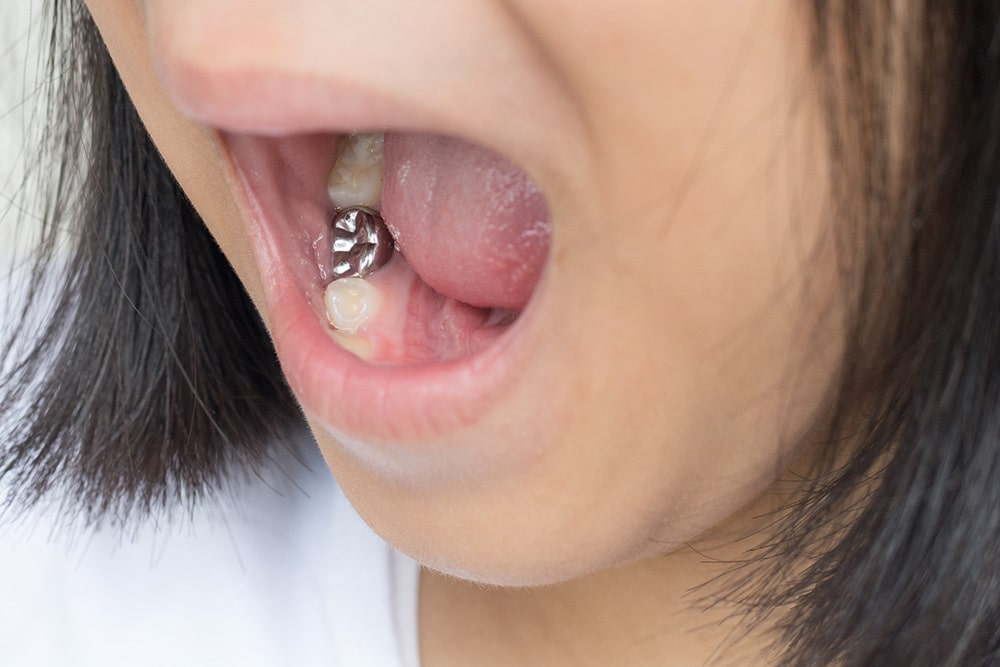
Pulpotomies
When a tooth has a large area of decay which is very close to or into the nerve, if possible we will try to save the tooth from extraction by doing a procedure called a Pulpotomy. The procedure involves removing the infected area of internal tooth tissue until we reach a healthy area of tissue. The tooth is then treated with medicaments and restored with a filling material and a Stainless Steel Crown for the best success rates. The procedure is performed under local anesthetic and feels very similar to having a regular filling for your child.

Silver Diamine Fluoride
Silver Diamine Fluoride (SDF) is a colourless antibacterial liquid that contains Silver and Fluoride. It is used to treat tooth sensitivity and to help stop tooth decay. It is simple to apply and a great tool which can help delay complex procedures until a child is better able to tolerate them.



